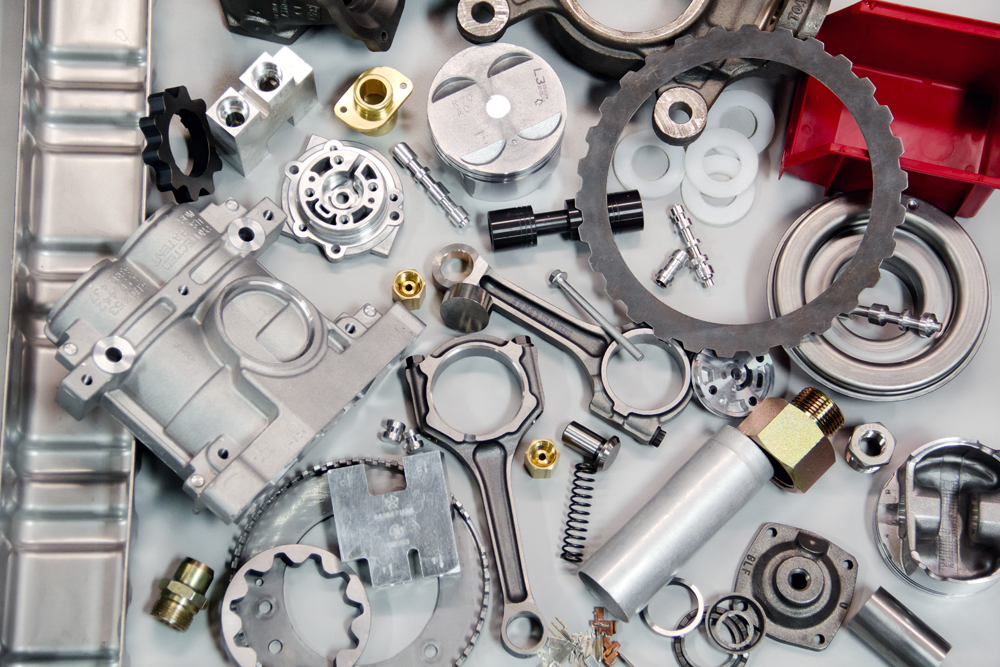
Manufacturing processes are dirty and involve various numbers of contaminants. Lubricating materials such as coolant, grease, oil, drawing compound, and stamping lube are required to keep the manufacturing process working efficiently and increase tooling life. Manufactured parts likely will also have other contaminants, such as metal chips, grinding residue, buffing compounds, etc. Machining, drilling, tapping, threading, and stamping are all common processes which produce excess contaminants that may be left on parts.
Debris that could be left on manufactured parts must be removed prior to their end use. This is due to appearance, function, and/or quality control. For some processes, parts need intermediate cleaning between different manufacturing stages. Oils or chips left behind can inhibit the next operation, such as paint adhesion or other surface treatments. It is also more critical for the end use of many products that parts are clean, such as automotive engine or brake components where debris could cause early wear or failure. Contaminants also create additional problems and inefficiencies in manufacturing.
Another increasingly important reason for having an efficient washing system is for clean dunnage. Many manufacturers have implemented the use of totes, dunnage, and trays to shuttle parts throughout a manufacturing plant to various operations or for shipping parts, and then re-used. If a clean part is placed on soiled dunnage, it will become contaminated.
With new standards for quality, as well as higher demands for efficiency, having clean parts is crucial for manufacturers.